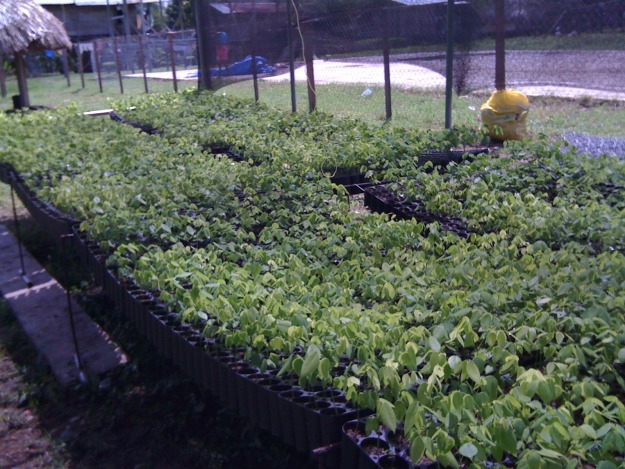When Planting Empowerment was just a wee company, we participated in social business plan competitions at several universities including Notre Dame, University of Texas Austin, and Yale. While we never came away with a first place, they were an excellent way for us to gain valuable (and yes, critical) feedback about our business plan and become more comfortable pitching our concept. We even earned a little money which helped us get off the ground. These days, we stay involved through judging and mentoring roles, and have seen a lot of different business plans. Below we present a few suggestions on how to improve your chances at these competitions.
Have your product/service already developed. The judges see hundreds of business plans, and your amazing idea is competing with all the other amazing ideas. Having something already in production, or even a working prototype, signals that you’re serious about your business and are actually making it happen. Include photos of the product. Photoshop it being used. Include a positive testimonial from someone who has actually used your product or service (be honest, of course). Judges want to be known for choosing something that is already a reality or is well on its way, not an idea that may become reality.
Use real numbers. Assumptions won’t get you too far. Do your research and cite your sources for the assumptions you are using to develop your numbers. This is especially important for sales numbers. If you’re going to quantify your social impact, use the New Economic model system. A 568% SROI or $1-$10 cost-benefit ratio will raise eyebrows because the analysis probably isn’t accurate. Run it by one of your friends who is studying economics.
Read More




